There is fresh traction for the Centre’s solar push, with new flag bearers beginning to eclipse the more established ones. Andhra Pradesh has emerged on top in terms of cumulative solar project capacity, surpassing the traditional solar leaders — Rajasthan and Gujarat — to report the highest installed solar generation capacity till March 2017.
A sustained ramp-up in incremental capacity addition is at the heart of the Centre’s solar agenda, in line with its submission to the United Nations Framework Convention on Climate Change on Intended Nationally Determined Contribution (INDC), whereby India is to achieve 40 per cent cumulative electric power capacity from non-fossil fuel based energy resources by 2030.
Since 2012, the country’s solar power capacity addition has seen cumulative capacity nearly double with every progressive year, with a fresh impetus evident since 2015-16. To impart a fresh boost, the government has approved the enhancement of capacity from 20 Giga watt (GW, or 1,000 mega watt) to 40 GW of the Scheme for Development of Solar Parks and Ultra Mega Solar Power Projects that entails the setting up of at least 50 solar parks by 2019-20, with an estimated Central Financial Assistance of Rs 8,100 crore, an official involved in the exercise said.
A shot in the arm for the efforts to push solar has been the steadily tumbling tariffs. While the tariff determined by the central power sector regulator — the CERC — in case of solar photovoltaic projects is Rs 5.68 per unit (kWh) and Rs 5.09 per unit, without and with Accelerated Depreciation benefit respectively, tariffs discovered through the bidding route have dipped far lower in the last 24 months. In a bidding in Rajasthan last month, record low tariffs of Rs 2.44 per unit were quoted in an auction carried out by Solar Energy Corporation of India for a 500 MW capacity in Bhadla Phase-III Solar Park — less than half the CERC’s benchmark tariffs.
There are many compelling factors favouring India taking a leadership role in the solar sweepstakes. India is endowed with vast solar energy potential, with about 5,000 trillion kWh per year energy incident over the country’s land area and most parts receiving 4-7 kWh per square metre per day. Hence, the two technology routes for conversion of solar radiation into heat and electricity — solar thermal and solar photovoltaics — can be tapped to ensure substantial scalability for solar in India.
A slew of incentives, most announced by the NDA government, has further incentivised developers, including fiscal and promotional incentives such as capital subsidy, tax holiday on the earnings for 10 years, generation-based incentive, concessional customs duty, accelerated depreciation and the financing of solar rooftop systems as part of home loan.
The continuing precipitous slide in solar tariffs has led to a further reaffirmation of the solar story, encouraging both developers and lenders. On June 7, the State Bank of India — the country’s largest bank — announced financing of rooftop solar projects worth Rs 400 crore with private developers by way of a loan of $625 million from the World Bank for on-lending to viable Grid-Connected Rooftop Solar PV projects for installation of rooftop solar systems on the rooftops of commercial, institutional and industrial buildings. “As a tropical country, India has a huge potential to be the leader in the rooftop solar space …
In order to accelerate demand for rooftop solar systems in the market, SBI has developed financing models that will provide loans at a very competitive pricing with long tenor. Several capacity building measures and awareness programs are being undertaken to sensitise operating functionaries,” Karnam Sekar, deputy managing director, SBI said at the event.
Red Flags
There are, however, red flags that could cloud some of this enthusiasm. n One, despite the scale of the capacity addition plan, there is no manufacturing facility for silicon wafers in India. Indian Solar Cell Manufacturers import silicon wafers for their PV units from global sources, with the bulk of it coming from China.
*Second, while the sharp fall in tariffs has managed to create a flutter, the progressively lower tariffs discovered at newer rounds of bidding poses a question mark over the viability of projects where higher tariffs were quoted by developers earlier. Developers in states such as Tamil Nadu and Rajasthan who bagged projects quoting higher tariffs earlier are learnt to have expressed concerns to authorities, including the CERC, on whether the electricity generated at their units would be requisitioned by the distribution companies.
*Then there is a looming grid management issue. With increasing solar and wind in the country’s energy mix, an obvious implication is that the massive fleet of over 266 GW thermal plants in the country will have to ramp down to technical minimum and some of them may have to back down also when solar power peaks, and start ramping up in the afternoon from 3 pm onwards as the sun goes down and the net demand rises to its daily evening peak (which may be of the order of 200 GW in 2021).
The present coal capacity is about 185 GW and overall thermal capacity (coal plus gas) is about 211 GW. With such a massive deployment of renewable capacity, and since India does not have much fuel for gas-based power plants and hydro is mostly run of the river, ramping up and down to adjust to the vagaries of solar and wind generation every day would be required to be done by coal-fired plants.
For this, the thermal plant operation will undergo a paradigm shift from base load plants to variable output plants and it will be a testing experience for grid managers and would warrant fine tuning of plant operation and controls.
*The prospect of thermal plants having to back down has a clear downside for the developers of these projects. With plant load factor or the capacity utilisation of thermal units already down, crashing from over 75 per cent for coal fired plant six years ago to about 57 per cent currently, developers of many coal plants could be staring at a financial crisis. This is especially so for merchant plants.
According to CARE Ratings, with discoms finances already under strain due to the commitments made under the UDAY scheme (of taking over discoms losses), the “implementation of renewable projects could be impacted”.



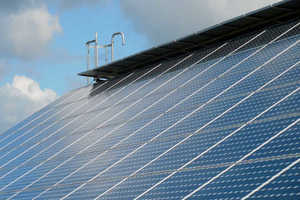
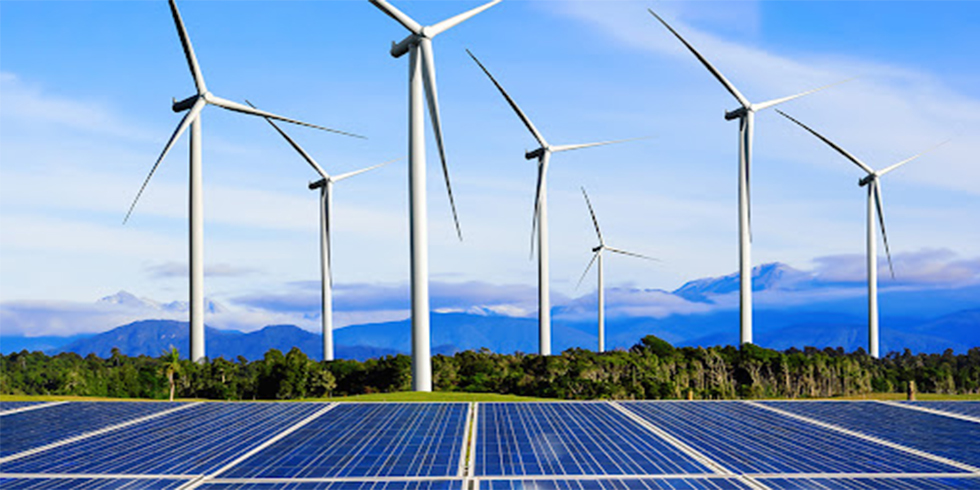
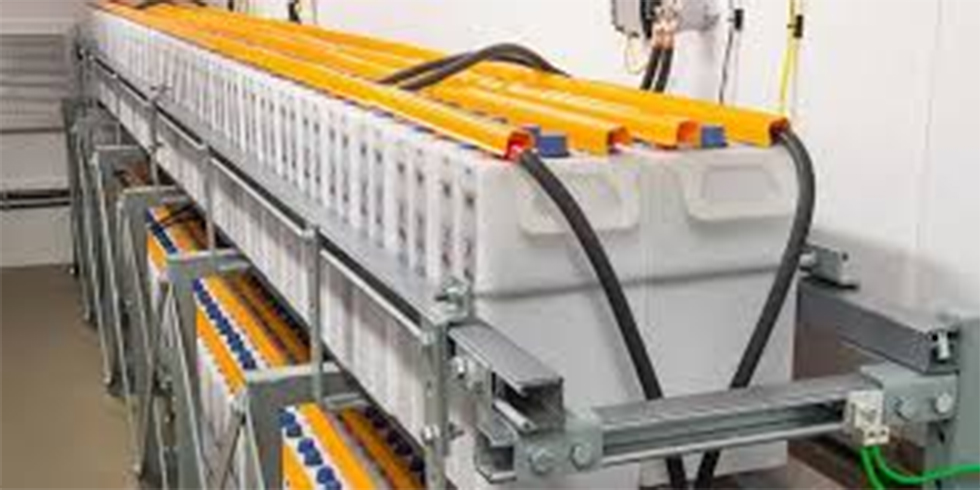
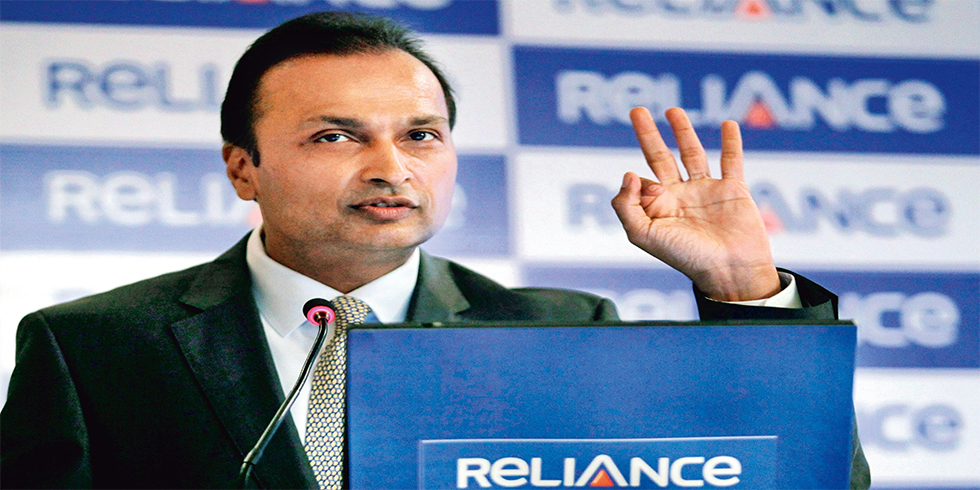

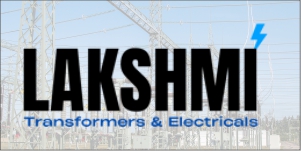


Add Comment